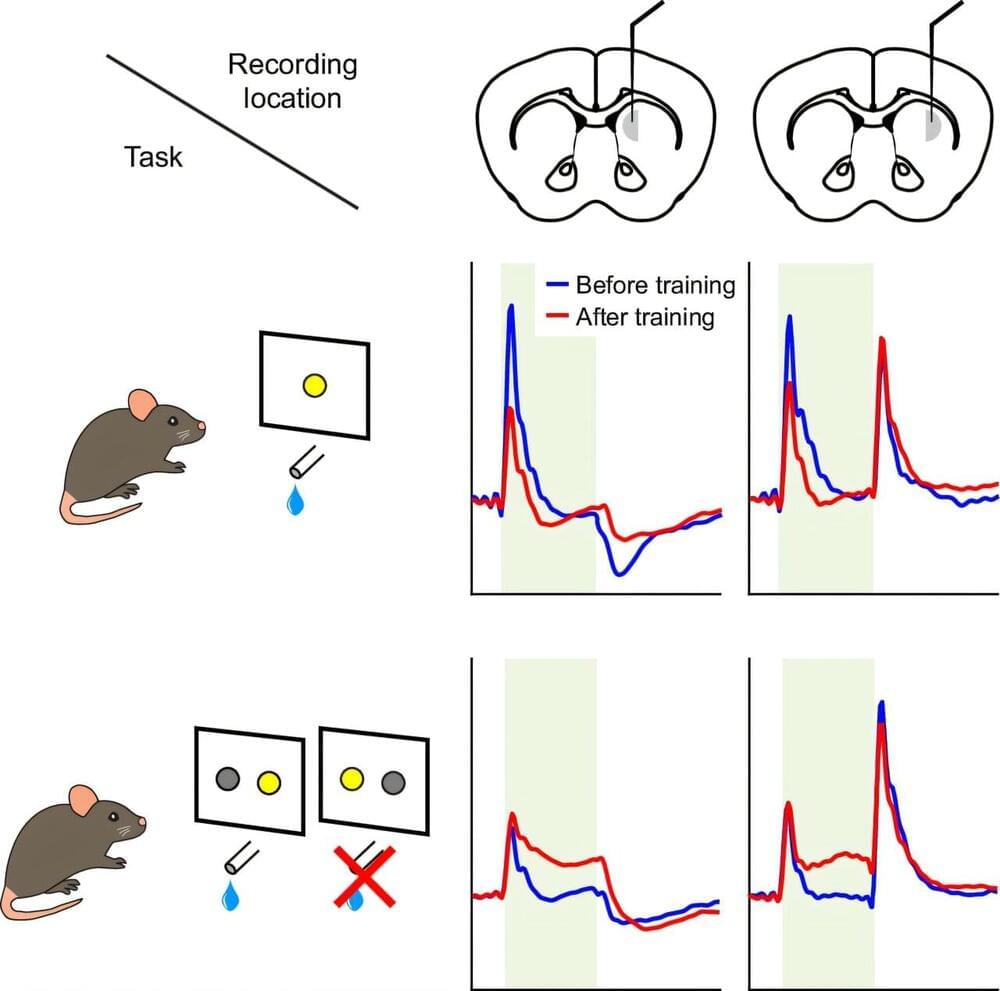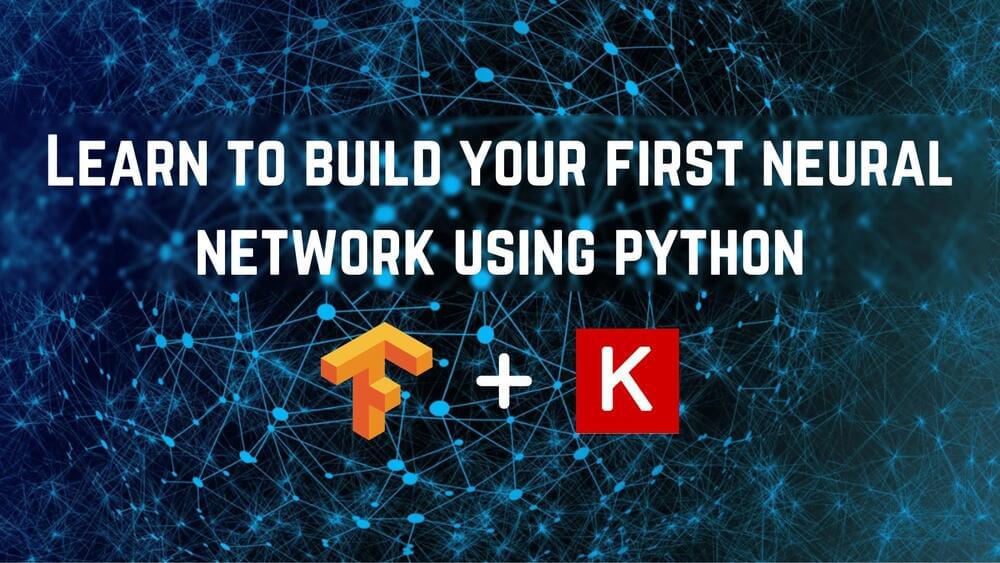Intel could develop more money on proper AI chips than on foundry services.




A research team from the Nagoya University Graduate School of Medicine has discovered a promising way to slow the progression of heart failure in mice. They fed mice a diet rich in the soybean protein, β-conglycinin (β-CG), which can support heart health by influencing gut bacteria. Their analysis revealed that the soybean protein rich diet increased the production of the short-chain fatty acids (SCFAs) in the intestine that play a role in protecting the heart. Their findings were published in Clinical Nutrition.
Many people with heart problems try to eat a nutritious diet to reduce their risk of disease. As part of a healthy diet, soybeans have long been recognized for their antioxidant and anti-inflammatory properties. Based on this, the researchers suspected that proteins in soy may help prevent heart damage.
Dr. Nozomi Furukawa and colleagues fed the soy-derived protein β-CG to mice prone to heart failure and investigated its effects on the heart. The mice showed improved heart function, less muscle thickening, and reduced scarring of the heart tissue, common problems associated with the progression of heart disease.

NASA’s Curiosity rover is preparing for the next leg of its journey, a months-long trek to a formation called the boxwork, a set of weblike patterns on Mars’s surface that stretches for miles. It will soon leave behind Gediz Vallis channel, an area wrapped in mystery. How the channel formed so late during a transition to a drier climate is one big question for the science team. Another mystery is the field of white sulfur stones the rover discovered over the summer.
Curiosity imaged the stones, along with features from inside the channel, in a 360-degree panorama before driving up to the western edge of the channel at the end of September.
The rover is searching for evidence that ancient Mars had the right ingredients to support microbial life, if any formed billions of years ago, when the Red Planet held lakes and rivers. Located in the foothills of Mount Sharp, a 3-mile-tall (5-kilometer-tall) mountain, Gediz Vallis channel may help tell a related story: what the area was like as water was disappearing on Mars. Although older layers on the mountain had already formed in a dry climate, the channel suggests that water occasionally coursed through the area as the climate was changing.

Large language models (LLMs) are increasingly automating tasks like translation, text classification and customer service. But tapping into an LLM’s power typically requires users to send their requests to a centralized server—a process that’s expensive, energy-intensive and often slow.
Now, researchers have introduced a technique for compressing an LLM’s reams of data, which could increase privacy, save energy and lower costs. Their findings are published on the arXiv preprint server.
The new algorithm, developed by engineers at Princeton and Stanford Engineering, works by trimming redundancies and reducing the precision of an LLM’s layers of information. This type of leaner LLM could be stored and accessed locally on a device like a phone or laptop and could provide performance nearly as accurate and nuanced as an uncompressed version.

The dream of building a practical, fault-tolerant quantum computer has taken a significant step forward.
In a breakthrough study recently published in Nature, researchers from Google DeepMind and Google Quantum AI said they have developed an AI-based decoder, AlphaQubit, which drastically improves the accuracy of quantum error correction—a critical challenge in quantum computing.
“Our work illustrates the ability of machine learning to go beyond human-designed algorithms by learning from data directly, highlighting machine learning as a strong contender for decoding in quantum computers,” researchers wrote.

Dopamine is a powerful signal in the brain, influencing our moods, motivations, movements, and more. The neurotransmitter is crucial for reward-based learning, a function that may be disrupted in a number of psychiatric conditions, from mood disorders to addiction.
Now, researchers led by MIT Institute Professor Ann Graybiel have found surprising patterns of dopamine signaling that suggest neuroscientists may need to refine their model of how reinforcement learning occurs in the brain. The team’s findings were published recently in the journal Nature Communications.
Dopamine plays a critical role in teaching people and other animals about the cues and behaviors that portend both positive and negative outcomes; the classic example of this type of learning is the dog that Ivan Pavlov trained to anticipate food at the sound of bell.

AI has gone so far now, and various state-of-the AI models are evolving that are used in Chatbots, Humanoid Robots, Self-driving cars, etc. It has become the fastest-growing technology, and Object Detection and Object Classification are trendy these days.
In this blog post, we will cover the complete steps of building and training an Image Classification model from scratch using Convolutional Neural Network. We will use the publicly available Cifar-10dataset to train the model. This dataset is unique because it contains images of everyday seen objects like cars, aeroplanes, dogs, cats, etc. By training the neural network to these objects, we will develop intelligent systems to classify such things in the real world. It contains more than 60,000 images of size 32×32 of 10 different types of objects. By the end of this tutorial, you will have a model which can determine the object based on its visual features.
Learn how to build and train your first Image Classification model with Keras and TensorFlow using Convolutional Neural Network.

Through MIT OpenCourseWare, MITx, and MIT xPRO learn about machine learning, computational thinking, deepfakes, and more, all for free.
With the rise of artificial intelligence, the job landscape is changing — rapidly. MIT Open Learning offers online courses and resources straight from the MIT classroom that are designed to empower learners and professionals across industries with the competencies essential for succeeding in an increasingly AI-powered world.
Controlling matter at the atomic level has taken a major step forward, thanks to groundbreaking nanotechnology research by an international team of scientists led by physicists at the University of Bath.
This advancement has profound implications for fundamental scientific understanding. It is also likely to have important practical applications, such as transforming the way researchers develop new medications.
S smallest movie. In the film, single molecules, consisting of two atoms bonded together, were magnified 100-million times and positioned frame-by-frame to tell a stop-motion story on an atomic scale. +.
Physicists are getting closer to controlling single-molecule chemical reactions – could this shape the future of pharmaceutical research?